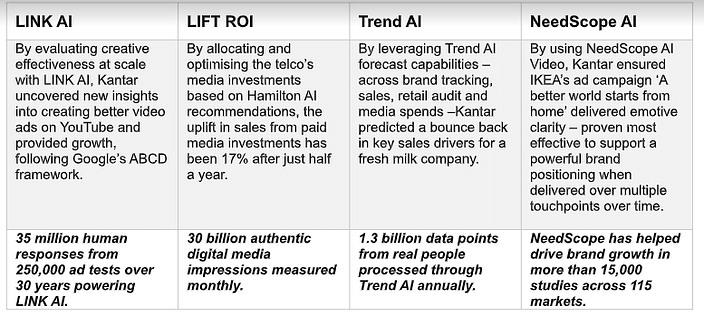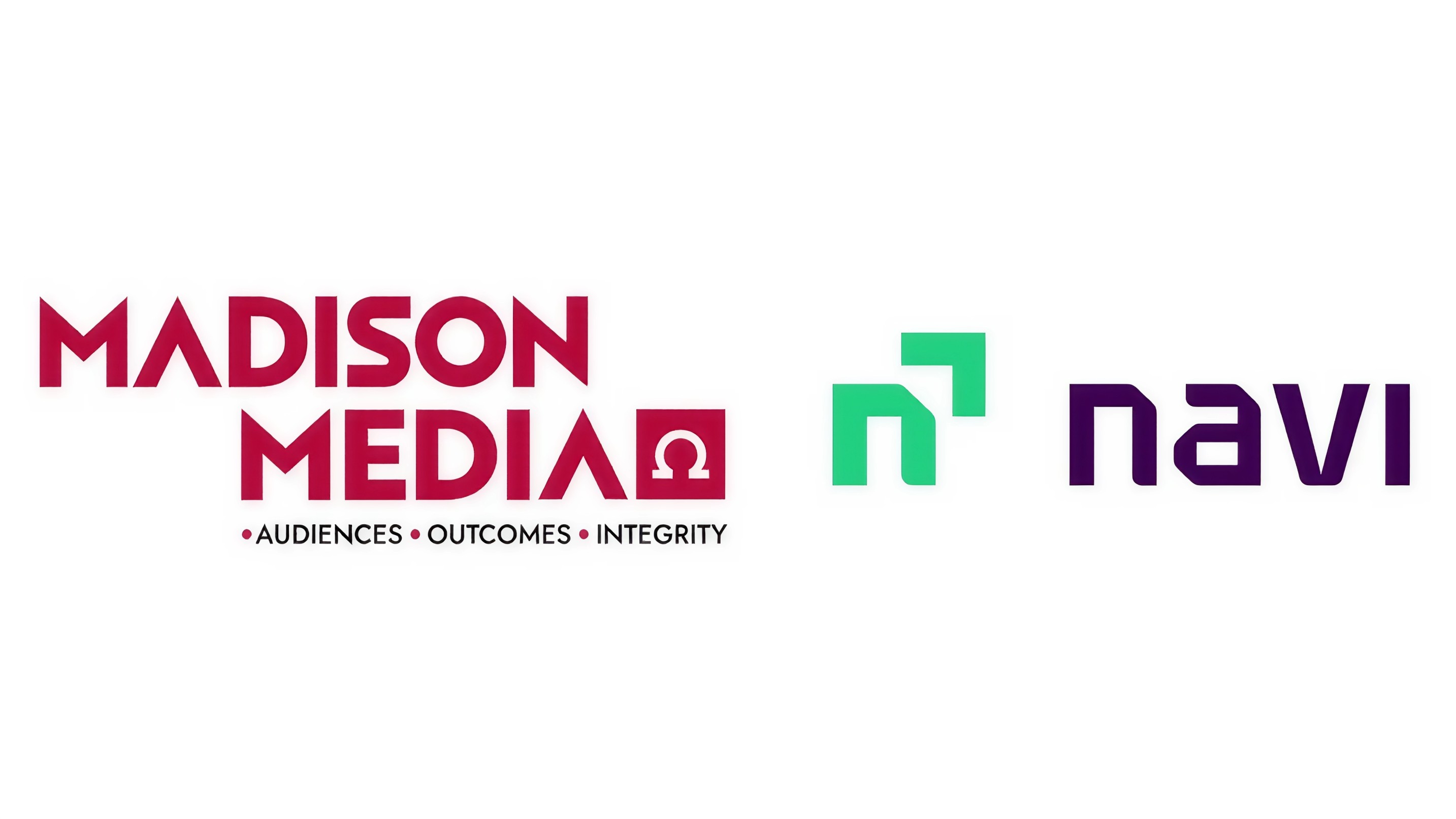Kantar's recent study reveals that India's AI user base, currently at 724 million, is expected to grow annually by 6%. AI's integration into daily life through apps, smart devices, and personalized services is reshaping consumer experiences.
Consumer Engagement with AI
Consumers are increasingly using AI for personalized recommendations and routine automation, with notable growth in usage for enhancing images and home automation. Specifically, 88% of users enjoy AI's tailored experiences, while smart home products are seeing a 25% growth rate.
Fitness and Social Media at the Forefront
Fitness and social media apps are leading AI adoption, significantly influencing how users interact with content and manage their health digitally. Entertainment apps follow closely, enhancing how users consume media.
Slow Adopters and Security Concerns
The banking, finance, and insurance sectors are slower to adopt AI, mainly due to security concerns. However, there's a growing interest in using AI for chatbots and predictive analysis in these industries.
Future of AI in Commerce and Entertainment
Looking ahead, AI is expected to revolutionize digital commerce and entertainment, improving customer interactions and adapting to new trends. Predictive AI features are likely to become more prevalent, offering more personalized and engaging user experiences.
High Engagement Among Youth
AI usage is especially high among younger demographics (19–24 years), and surprisingly strong among older adults (45+ years). This broad adoption underscores AI's impact across various age groups.
ADVERTISEMENT
The tools are as follows:

Marketing Challenges and Innovations
Marketers face challenges such as data silos and the need for more robust use cases to effectively deploy AI. Kantar responds to these challenges with AI-powered research tools designed to enhance the understanding of consumer behaviour.
Advising on Ethical AI Usage
Kantar emphasizes the importance of building unbiased AI models to avoid the pitfalls of biased systems. Their new suite of AI tools aims to provide deeper insights into consumer preferences and behaviours, supporting brands in making informed decisions.















